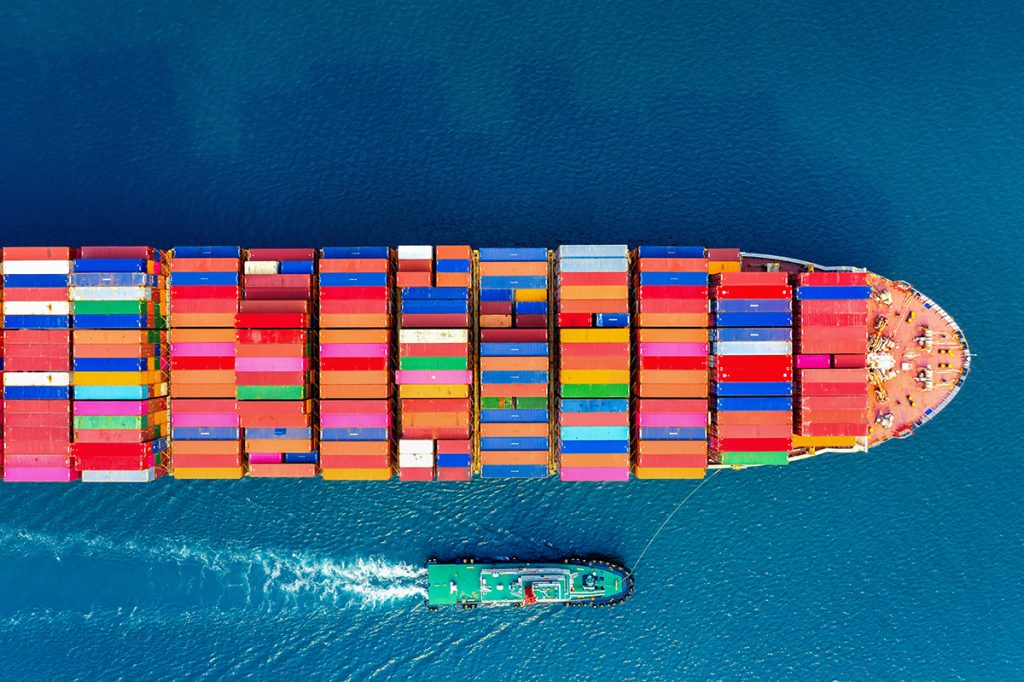In a major step towards sustainable shipping, the world’s largest wind-powered cargo ship, “Anemos”, has completed its maiden voyage across the Atlantic Ocean. The 81-meter (265 feet) long and 13-meter (42 feet) high vessel embarked on this historic journey on August 16, setting sail from Le Havre, France, with its final destination in New York.
The ship’s cargo included nearly 1,000 pallets of high-end goods, such as wine, cognac, jam, and luxury swimwear. Among the cargo were products from Pernod Ricard, the French liquor giant known for brands like Absolut Vodka, Jameson Irish Whiskey, and Beefeater Gin. This voyage marks a significant moment in the quest to decarbonize the shipping industry, as “Anemos” is designed to rely solely on wind power, reducing its environmental footprint drastically.
By utilizing wind power, “Anemos” is set to reduce greenhouse gas emissions by up to 90% compared to traditional container ships. The ship also minimizes toxic air pollutants, including sulfur oxides and nitrogen oxides, which contribute to air pollution and climate change. This approach offers a glimpse into how the shipping industry might evolve to meet the growing demand for greener transport solutions.
The company behind this innovative vessel, TransOceanic Wind Transport (TOWT), is paving the way for a cleaner future in maritime trade. By 2025, TOWT plans to offer low-carbon shipping solutions for over 72,000 tonnes of goods per year, with the potential to prevent 9,600 tonnes of carbon dioxide emissions annually. This vision aligns with global efforts to reduce the environmental impact of international shipping, which currently accounts for about 3.1% of global carbon emissions. To put this into perspective, the carbon footprint of the global shipping industry exceeds that of Brazil, which ranked as the sixth-largest emitter of carbon dioxide in 2022.
The global shipping industry is indispensable to modern life, with around 90% of traded goods transported across oceans. However, this industry has been deeply reliant on fossil fuels, resulting in significant greenhouse gas emissions. As the demand for international trade increases, finding sustainable solutions has become a critical challenge. While wind power alone may not replace traditional fuel-powered vessels entirely, “Anemos” is proof that alternative solutions are viable and can make a substantial difference in reducing emissions.
This isn’t the first time the industry has experimented with wind power. In August 2023, another vessel, the “Pyxis Ocean”, was retrofitted with 37.5-meter (123-foot) WindWings sails and embarked on a journey across the Pacific Ocean from China to Brazil. Though a test run, this initiative demonstrated promising results for the future of low-carbon shipping.
The success of “Anemos” and similar ventures shows that wind-powered shipping could be a realistic part of the global effort to reduce carbon emissions, especially as more companies turn to innovative technologies to reduce their environmental impact. As TOWT and other pioneers continue their efforts, the world could see a significant shift in how goods are transported across the globe in the coming years.


